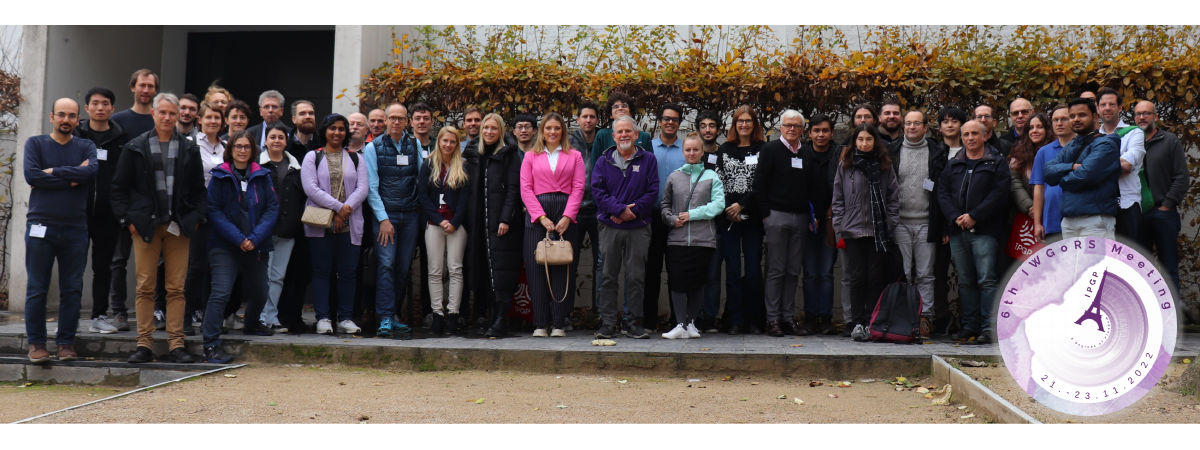Nonlinear isotropic elastic reduced Cosserat continuum as a possible model for geomedium. Spherical presstressed state.
Elena F. Grekova
There are many experimental evidences of existence of rotational degrees of freedom in geodynamics on different scales: vortex structures, rotations of blocks of geomedium, shear-rotational motions in earthquakes in the near field, large rotations of inhomogeneities on the Earth surface caused by earthquake. We suggest a nonlinear elastic reduced Cosserat continuum as a possible model to describe this kind of phenomena.
In this model, each particle can perform large rotations and translations. Rotations are kinematically independent on translations. Reduced Cosserat continuum does not react to the gradient of rotation, but resists to the rotation of each particle relatively to the background medium. Therefore, the stress tensor, generally speaking, is not symmetric, but the couple stress tensor is zero.
We obtain constitutive and dynamic equations of an elastic reduced Cosserat continuum and consider small deviations from a nonlinear spherical stress state, reached quasistatically from the natural state. We show that for a wide class of homogeneous isotropic elastic reduced Cosserat continua the material fails under large pressure (the mechanism of failure is via shear perturbations at rather low frequencies) as well as under large tension (the mechanism of failure is via rotational perturbations at rather high frequencies). In the zone of stability, the material behaves as a linear isotropic reduced elastic Cosserat continuum, suggested for the first time by Schwartz, Johnson, and Feng to describe soils and investigated in works by Grekova, Kulesh, and Herman. At low frequencies, and for high frequencies if the elastic parameters satisfy a certain condition, this material behaves as a classical elastic medium. However, there is a domain of frequencies where the material behaviour is strongly influenced by existence of rotational degrees of freedom. In this domain the rotational and shear wave are strongly coupled, and there is a strong dispersion and apparent attenuation. There is a special resonant frequency, at which particles of the medium perform rotational motions like a large system of decoupled rotational penduli. Below this frequency, there is a forbidden zone of frequencies where a shear-rotational wave does not exist. Green functions for harmonic point sources show that in this forbidden zone a part of the wave is localised near the source. If infinitesimal heterogeneities in density and inertia tensor are present, and the frequency of the shear-rotational incident wave lies in the forbidden zone, this wave is localised at heterogeneities. Rayleigh-type wave has similar peculiarities: existence of a forbidden zone of frequencies, existence of both cut-off frequency and cut-off wave number, polarization, and localisation phenomena.
The aim of this work, done in terms of rational mechanics and based on the fundamental laws of balance, is to show some properties of the nonlinear reduced Cosserat continuum and let the community of geoscientists to judge if this model can describe some experimental data.
.png)